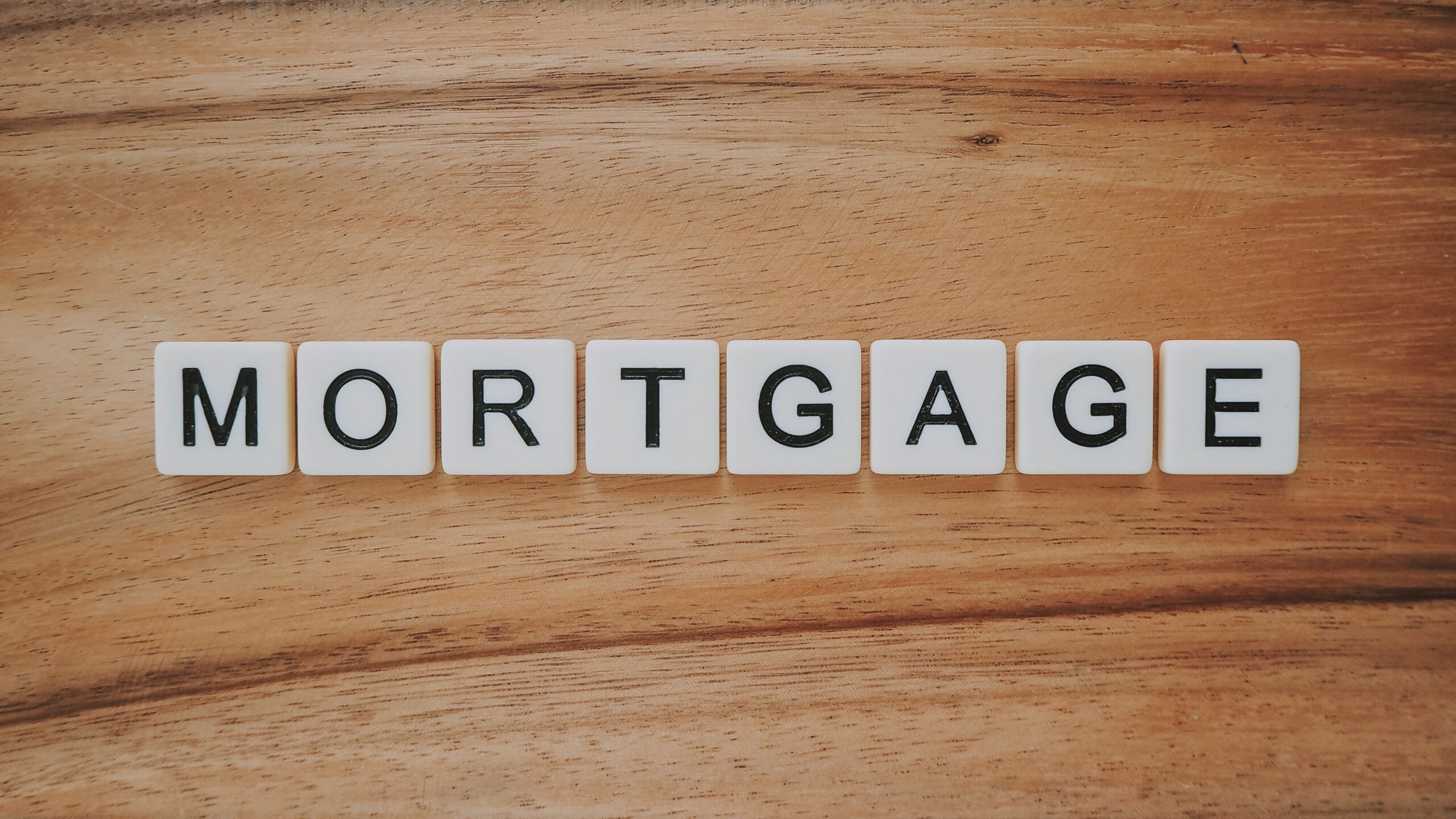If you’re looking to buy a home in Ontario, Canada, it’s crucial to have a solid strategy for saving for a downpayment. With housing prices on the rise, saving a significant sum of money for a downpayment can seem daunting. However, with a well-planned approach, you can reach your goal and secure your dream home. In this article, we’ll explore various methods and tips to help you save for a downpayment in Ontario, Canada.
Determine Your Target Downpayment
As a first-time homebuyer, the initial step is to determine your target downpayment. In Ontario, the minimum downpayment is typically 5% for homes priced under $500,000, and for homes above that, the minimum downpayment increases. It’s essential to understand your financial capabilities and the local Ontario real estate market to set a realistic goal.
Create a Budget
Once you have a clear downpayment target, create a monthly budget to help you track your expenses and savings. Budgeting allows you to identify areas where you can cut back and save more efficiently. Allocate a percentage of your income towards your downpayment savings, ensuring that you prioritize this financial goal. Utilize budgeting apps and tools to monitor your progress.
Open a High-Interest Savings Account
Opt for a high-interest savings account or a Tax-Free Savings Account (TFSA) to maximize your savings potential. These accounts offer higher interest rates than traditional savings accounts and can help you accumulate savings faster. Shop around for the best rates and ensure that your money is working for you while you save for your downpayment.
Utilize the Home Buyers’ Plan (HBP)
The Home Buyers’ Plan (HBP) is a government initiative in Canada that allows first-time homebuyers to withdraw up to $35,000 from their Registered Retirement Savings Plan (RRSP) tax-free for a downpayment. If you’re buying a home with a partner, you can both take advantage of this program, potentially accessing up to $70,000 towards your downpayment. Remember to repay the withdrawn amount within 15 years to avoid tax implications.
Pay off High-Interest Debts
Reducing high-interest debts, such as credit card balances, is an essential step in saving for a downpayment. By paying off these debts, you’ll save money on interest payments and improve your credit score, which can lead to better mortgage rates when you’re ready to buy a home. Focus on eliminating high-interest debts before allocating funds towards your downpayment savings.
Cut Unnecessary Expenses
Review your monthly expenses and identify areas where you can cut back. Consider reducing or eliminating non-essential expenditures such as dining out, subscription services, and impulse purchases. Redirect the money saved towards your downpayment savings account.
Generate Additional Income
Consider taking on a side job, freelancing, or selling items you no longer need to generate additional income. Direct any extra earnings towards your downpayment savings to accelerate your progress.
Take Advantage of Government Programs
The Government of Canada offers various programs to assist first-time homebuyers, such as the First-Time Home Buyer Incentive (FTHBI), which helps reduce monthly mortgage payments without increasing the downpayment. Research available programs and ensure you meet the eligibility requirements to benefit from these initiatives.
Set Realistic Expectations
While it’s natural to dream of a perfect home, setting realistic expectations about the type of property you can afford is essential. Focus on finding a home that meets your needs and is within your budget, even if it doesn’t have all the features you initially desired. Remember that you can always make improvements or move to a larger home in the future as your financial situation evolves.
Save on a Regular Basis
Consistency is key when saving for a downpayment. Make saving a habit by setting up automatic transfers to your high-interest savings account or TFSA. This ensures that you’re consistently allocating funds towards your downpayment savings and staying on track to meet your goal.
Monitor the Ontario Real Estate Market
Stay informed about the local Ontario real estate market and keep an eye on housing prices and trends. This knowledge will help you make well-informed decisions when it’s time to buy a home and can potentially save you money by identifying the best time to enter the market.
Consult a Financial Advisor
Consider seeking the advice of a financial advisor who can help you develop a personalized savings plan and provide guidance on investment strategies. A professional can help you navigate the complexities of saving for a downpayment and ensure you’re making informed financial decisions.
Final Thoughts
Saving for a downpayment in Ontario, Canada, may seem challenging, but with determination, planning, and discipline, you can achieve your goal. By implementing the strategies outlined in this article, you’ll be well on your way to securing your dream home. Remember to stay focused on your objective, regularly assess your progress, and make adjustments as needed to stay on track. In the end, the satisfaction of owning a home will make all your efforts worthwhile.





